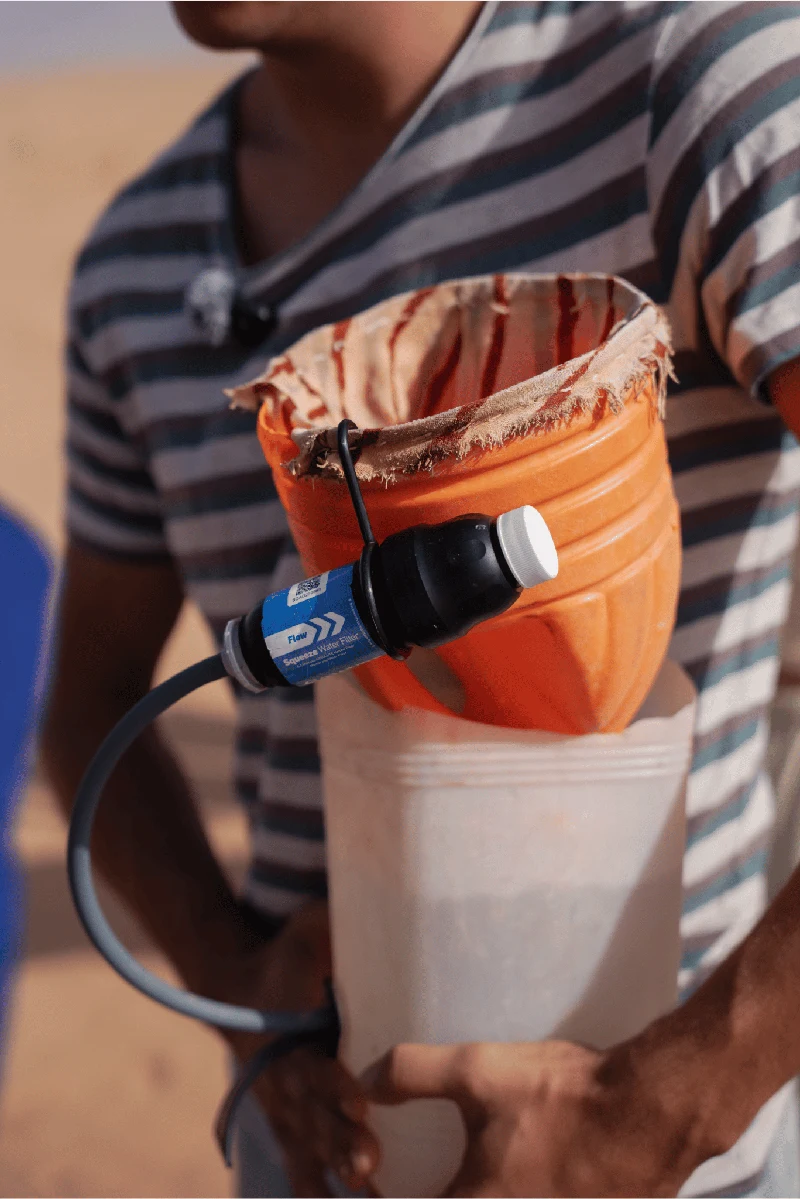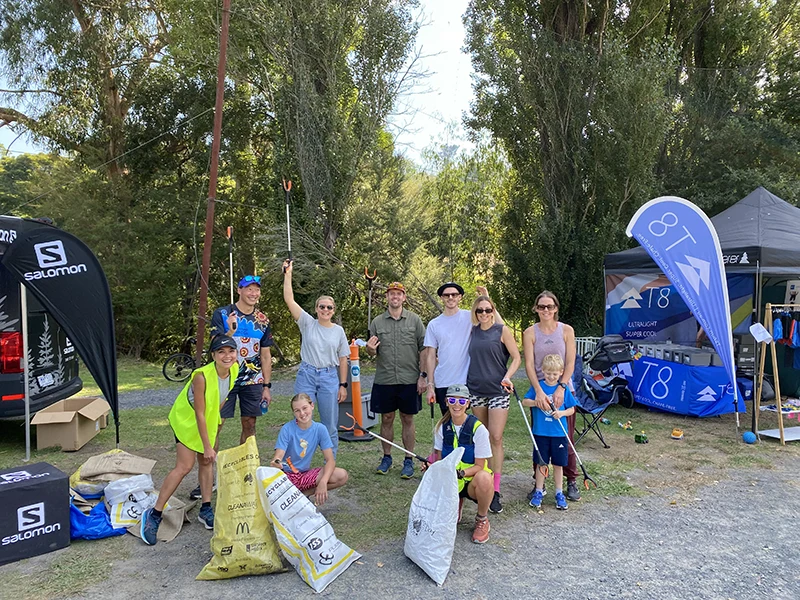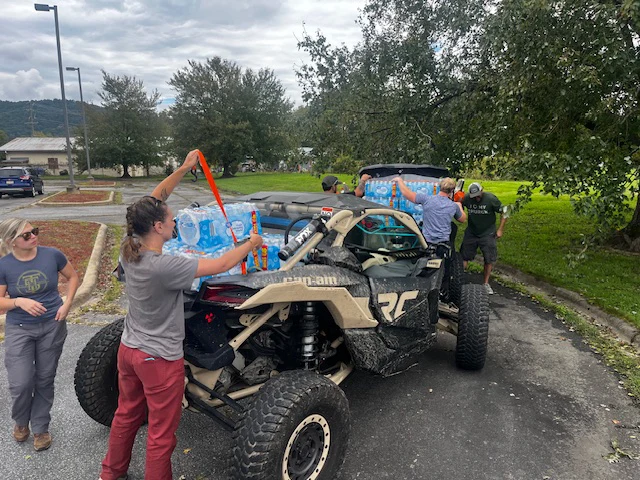

It was never a sojourn. It was never an odyssey. It was never a trek, excursion, or vacation. It was a dream. I had to do it. I was at a crossroads in my life, and the streets weren’t leading in the direction I wanted to go. The Pacific Crest Trail turned me the right way, or so I thought.
There’s a hidden and dark secret in the world of thru-hiking, and I didn’t discover it until after I finished the trail.

Thru-hiking changed my life in every way shape and form. It helped me rediscover my passion for wild places and pushed me outside of my comfort zone. Change was the literal word for the trail and given the diversity in altitude, geography, and weather, something life altering was bound to happen.
I’ll always remember the alpine views, the sweat beading down my forehead, and the naps taken underneath tall trees. I’ll always remember the daily smiles with shared friends, and I’ll never forget the stunning scenery that on many occasions caused me to take a zero day in nature. It was the greatest thing to ever happen to me. Then suddenly, the worst thing in my life happened. The trail ended.

Towards the end, many hikers were jumping for joy and excited that the trail was coming to an end. Excited to get back to civilization and their jobs. Excited to get back to their loved ones. I was dreading it. I didn’t want it to end. I got to the monument and bawled my eyes out. There was satisfaction, of course. But I had a litany of fears jolt through my body on that cold and rain soaked day in October that I occasionally still shake from eight years later.
But the reality of the situation was that we all adopted a very simple lifestyle on trail, and coming back into the stressful nature of society isn’t an easy switch. When the only worry you have on trail is where to get water and then you’re forced to return to bills, relationships, jobs, and alarm clocks, it is a pretty big shift.

Post trail depression isn’t a disease or medical diagnosis, but is clearly a thing that most thru-hikers have experienced, and sometimes the momentum from when it hits you is hard to stop.
Drinking and smoking were commonplace on trail and it didn’t matter what time it was. The sun could just be cresting over the horizon, there was smoke in the air and beer cans already cracked. Sadly, this lifestyle extended to some of us beyond the trail, and this is where my personal story of recovery begins.
After the trail, I turned into a monster in the best of ways. I was confident and full of life. Taking pictures, getting stories published, and I’d found a job that allowed me three-day-weekends to go and explore. Always with me were cannabis and booze, but I didn’t think I had a problem; I was loving it. I was spending time in nature, backpacking further and further with little care about my bloodshot eyes and mild headaches each morning. This went on for years. Each spring hiking season came and went. I couldn’t afford to put another thru-hike on a credit card, but my daily bills and stops at the liquor store to soothe that pain were never too expensive.

Over time, my mindset began to change while the dark cloud of depression closed in tighter.
Things were getting worse and worse and eventually I made a desperate phone call. My drinking had ended a good relationship after the trail, got me fired from my first minimum wage job as a college graduate, and moved me into my parents' guest room at the age of 29. However, I still didn’t think I had a problem.
It all came to a head one April morning a year later where I woke from a hangover. I was 30, single, and broke. I slugged a bunch of water by my nightstand and tried to fall back asleep. My swirls of alcohol purchases over the years came to the forefront of my mind. Over the last decade, the money I’d spend on alcohol I estimated to be around $40,000 USD. In my dream-state, the moment I came to that number, my eyes shot open.
I still struggle to understand what happened to me that morning. Shortly after, my path to recovery started.

Over the past year, I put the joy I felt on trail on the backburner while the depression took over. Realizing that morning how much money I spent on booze instead of thru-hikes changed my outlook on life.
When the realization came that my issues weren’t from being on trail, the answer to my problem was pretty simple: get back on. Though it could be like putting a bottle back into an alcoholic’s hand with the possibility of the same outcome as before, the risk was worth the reward. With what the trail could take away, it can also provide and that was what I focused on. And with that, I laced up my shoes and found the love of running on the local trails.

Now with two years of sobriety, the trails have provided me with everything from clarity and connection, as well as the necessary disconnection, allowing me to feel what I need to feel. The struggle of the uphills as well as the joys of the downhills. The wide spread views that remind me how small my problems truly are, as well as the dark and thick forests that make me work through the tunnel to get to the light. The birds chirping and the wind going through the trees are greater than any playlist society could create, and I hit play as much as I could.
I don’t regret drinking and smoking on trail as it did lead to some of the most memorable times of my life. I am aware that the darkness will always be there, and depression is still something I struggle with, even sober. But each time I lace up the shoes to hit the trail, all the darkness and depression of my cloudy and alcoholic mindset washes away and the positive memories of being in nature come back to life. Post trail runs and small backpacking trips fuel me with positive endorphins that no substance could ever re-create. And with that mindset and determination, it’s just a matter of lacing up those shoes and hitting the trail each day to stay on track to those future-trail-dreams that lay ahead.
From the Squad
Campfire conversations with our community, from Squad Members and Ambassadors to Brand Partners and the Sawyer team.

















